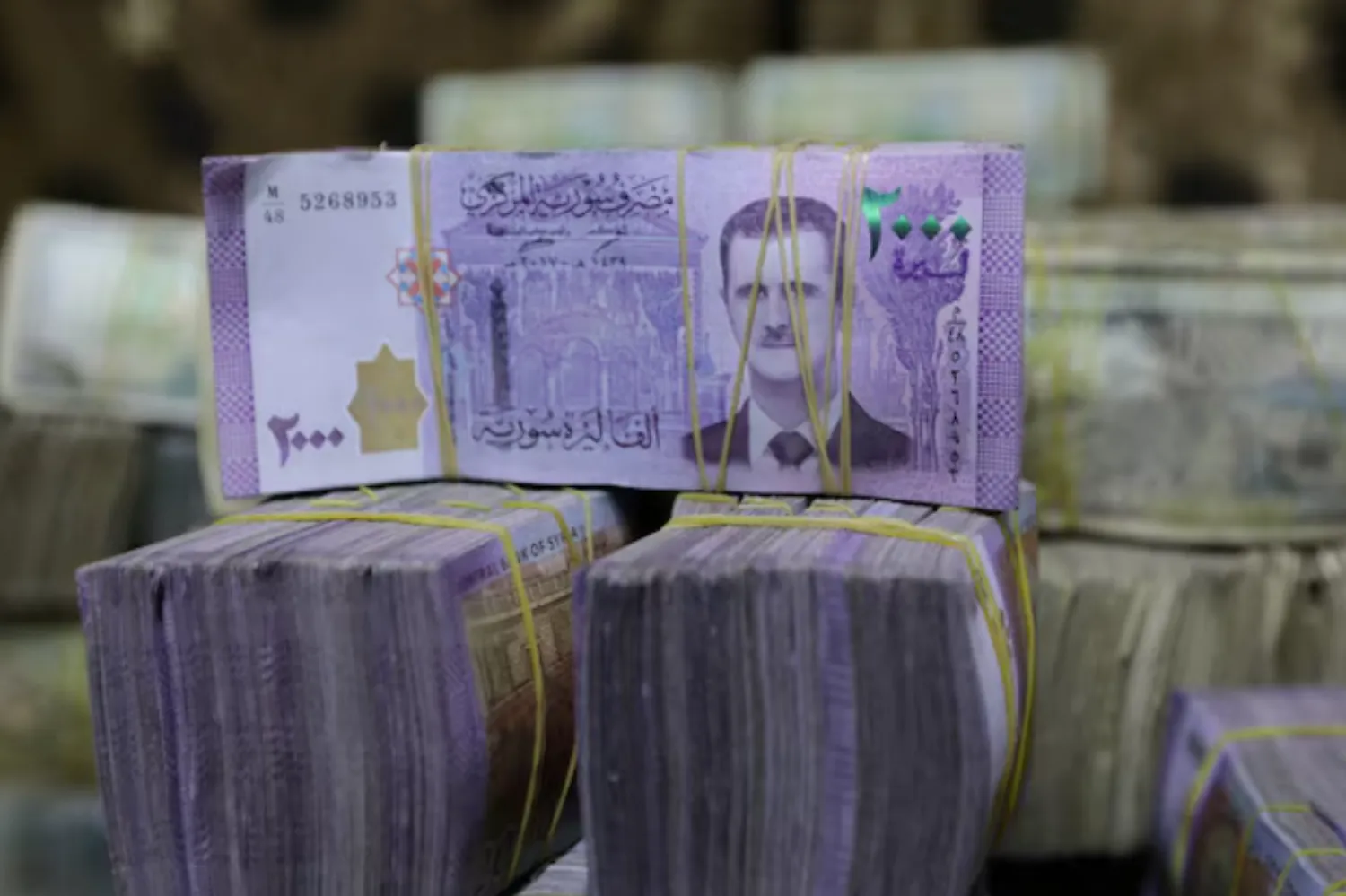The United Nations warned this week from the alarming food insecurity in Yemen as prices have risen by around 60 percent in some parts of the country, driven by the collapse of the Yemeni rial (YER) and intensifying already inadequate food consumption.
In a report released Tuesday, the UN Office for the Coordination of Humanitarian Affairs said that ongoing devaluation of the Yemeni currency and soaring prices are compounding hunger in Yemen, where some 16.2 million people already face food insecurity.
“The rial fell by nearly 40 percent against the US dollar in the first eight months of 2021, surpassing YER 1,000 per USD for the first time ever in July,” the report said.
It added that as of end- September, it had surpassed YER 1,200 per USD in southern areas of Yemen.
“The devaluation of the rial is making it substantially harder for ordinary people in Yemen to afford basic food, an already difficult prospect given disruptions to market functionality due to over seven years of conflict, the displacement of more than 4 million people, and the impact of COVID-19,” the UN agency said.
This is compounded by the high transportation costs resulting from high fuel costs and the effects of increasing global food prices on a country where some 90 percent of food and other essential commodities are imported, it added.
According to the report, the cost of the national minimum food basket (MFB) in Yemen reached YER 62,607 in August 2021, some 36 percent higher than at the start of this year and nearly quadruple the cost in January 2015.
Also, in 12 of Yemen’s 22 governorates, at least 40 percent of the population experience inadequate food consumption, including five in which at least a fifth of the population endure more critically poor food consumption – Ad Dali’, Al Jawf, Amran, Lahj and Raymah.
In the third quarter of 2021, while the food security level in Al Jawf Governorate is expected to be adjusted from high risk down to alert status, four governorates are expected to deteriorate from minimal risk to alert status (Al Bayda, Hadramawt, Al Maharah and Socotra).
“The situation has grown so dire in some places that some families have resorted to eating leaves in order to subdue their hunger, as highlighted by the World Food Program,” the report said.
It said the food security partners have been able to increase their life-saving assistance in Yemen thanks to a generous $1.2 billion contributed by donors this year, although a further $797 million is needed to prevent some 4.8 million people from losing food assistance from October onwards.









